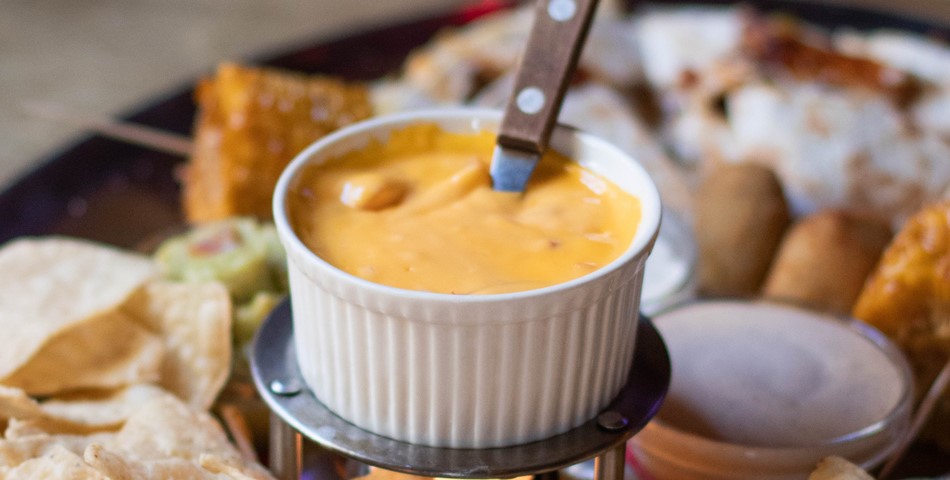Consumers have to bear the surge in food production costs
US food & beverages value added output is forecast to grow by about 1% in 2022, after increasing 3.1% in 2021 and 1.8% in 2020. The food retail segment benefited from higher sales over the past 24 months, but competition remains fierce and margins tight. In the food services segment a rebound is underway, but many businesses still struggle to absorb the sharp decrease in demand from hospitality seen in 2020 and H1 of 2021. The current spread of the Omicron variant remains a downside risk for the ongoing recovery.
production costs have increased across all sub-sectors, due surging prices for commodities, transportation bottlenecks and labor shortage. Additionally, droughts in central and western states could adversely affect production and margins in the fruit and vegetables subsector. While the margins of food producers and processors have been impacted by higher input costs, both are in general able to pass on a large share of those costs to wholesalers/retailers and end-customers. This has resulted in the highest food price inflation since 2008 (up 6.3% year-on-year in December 2021). We expect that food prices will remain elevated until supply constraints ease in H2 of 2022.
Access to external financing is not an issue for food & beverages businesses. Many are private equity-owned and therefore highly leveraged, using credit lines for working capital. Ongoing mergers and acquisitions in the industry are also a reason for high debt levels. Payments in the sector take about 30 days on average, and the amount of payment delays and business failures has not increased 2021. We expect no deterioration in 2022.
Next to food retail, our underwriting stance is open for beverages, as most businesses in this segment show a solid performance and sufficient liquidity. We are neutral for the dairy and meat subsectors, where higher operating and production costs have an impact on margins. We are more restrictive regarding food services, as this segment is highly susceptible to the spread of the Omicron variant and subsequent repercussions for hospitality.
Americans gathering at Super Bowl parties this Sunday will feast on such traditional fare as chips and guacamole. Also, on the menu this year: a big helping of food price inflation.
Americans consume more food on the day of the Big Game than on any day of the year, with the exception of Thanksgiving. This year, that will come at a greater cost.
No Super Bowl party is complete for most people without chicken wings — Americans eat over 1.4 billion of them on Big Game Day — but their cost since the last Super Bowl has gone up 25.9% to a multi-year high. COVID production constraints kept chicken wing inventories low and prices high for nearly two years. Additional supply has built slowly, and inventories only recently returned to normal levels.














